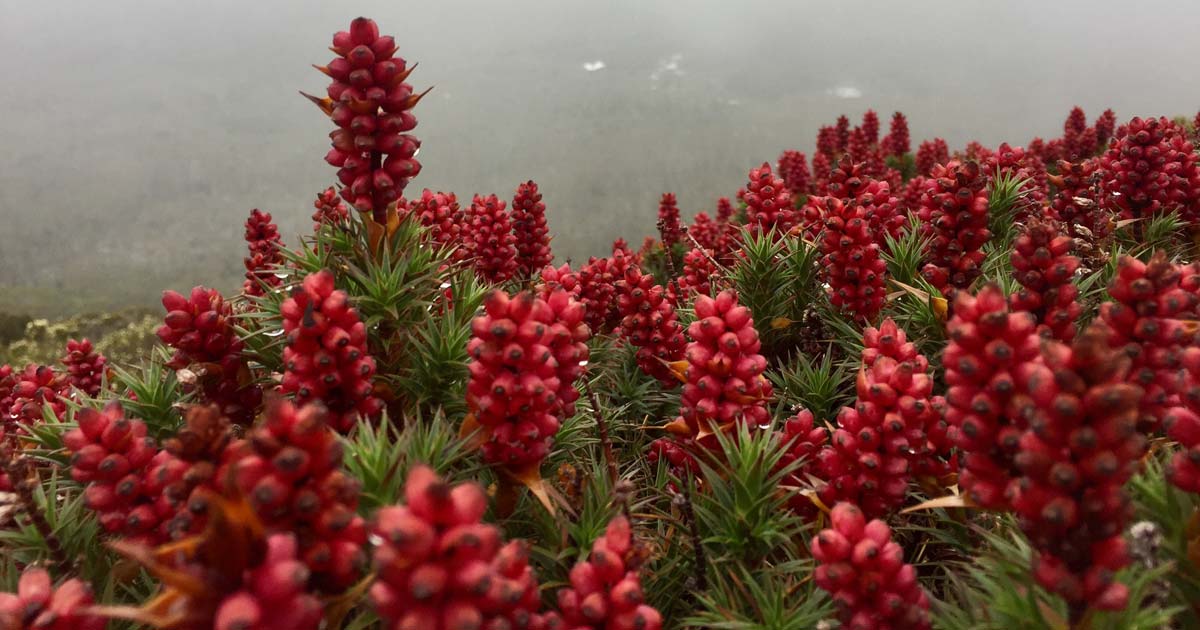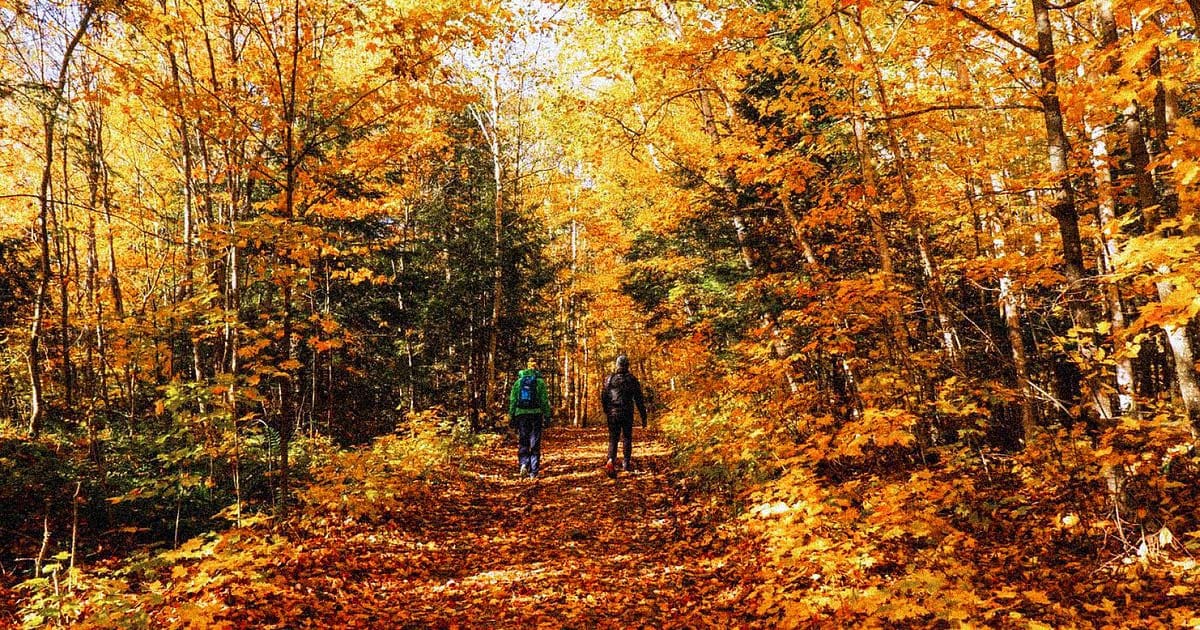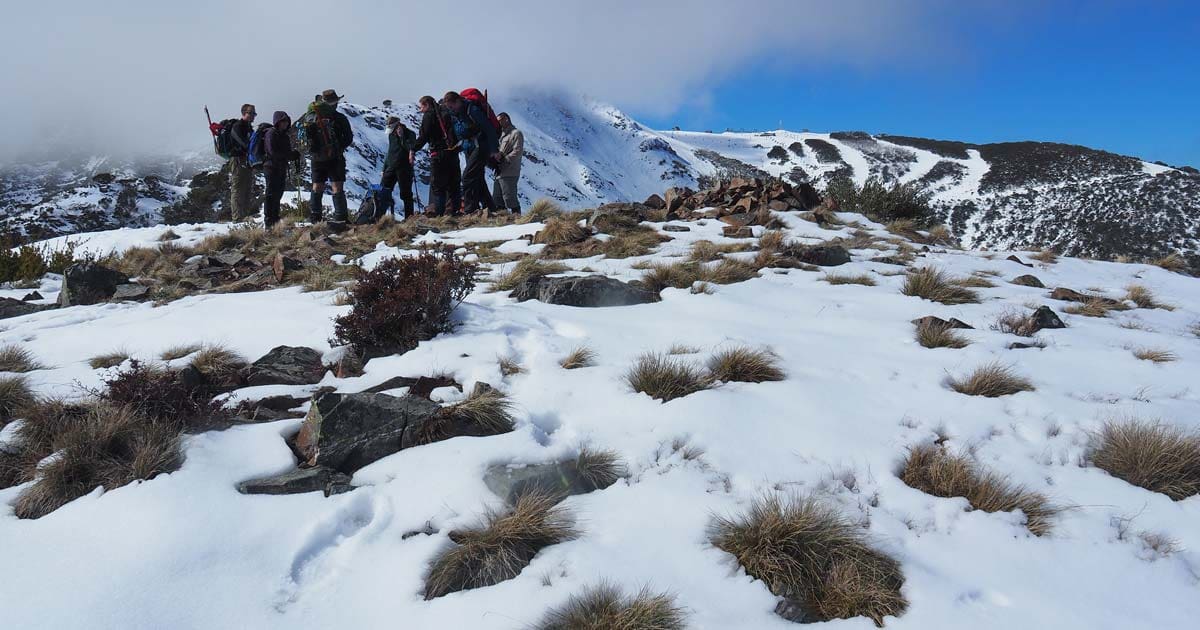Hiking is a fantastic outdoor activity that can be enjoyed year-round, as each season offers unique landscapes, challenges, and opportunities for adventure. If you’re an avid hiker looking to explore the trails in different seasons, here’s a few tips to help you make the most of your hiking adventures throughout the year:

Spring Splendor: Hiking among wildflowers and renewed nature. Spring is a wonderful time to hike as nature awakens from its winter slumber. The trails come alive with vibrant wildflowers, budding trees, and flowing streams. However, be prepared for muddy trails and changing weather conditions. Wear waterproof and breathable gear, and bring extra layers to adapt to the changing temperatures. Carry insect repellent to ward off bugs that may start to emerge in spring.

Summer Sun: Hiking in hot weather and beating the heat. Summer hiking offers longer days and warmer weather, but it also comes with the challenge of heat. Choose early morning or late afternoon for your hikes to avoid the peak heat hours. Wear lightweight, moisture-wicking clothing, and don’t forget a wide-brimmed hat and sunscreen for sun protection. Stay hydrated by carrying plenty of water and take breaks in shaded areas to avoid heat exhaustion.

Autumn Foliage: Hiking amidst stunning autumn colors. Autumn is a breathtaking time to hit the trails as the foliage transforms into a kaleidoscope of colors. The weather may be cooler, so layer up and bring waterproof gear for possible rain. Trails may be covered with fallen leaves, so be cautious of slippery surfaces. Pack extra food and warm beverages for those cozy fall picnics and enjoy the stunning beauty of the season.

Winter Wonderland: Hiking in cold and snowy conditions. Winter hiking can be a magical experience, but it requires extra preparation. Dress in warm, moisture-wicking layers and wear insulated, waterproof boots. Carry snowshoes or crampons and an ice axe if needed, and be prepared for shorter daylight hours. Check weather conditions and trail conditions beforehand, and let someone know your hiking plans. Always prioritize safety and be cautious of icy or snowy trails.
Plan for seasonal trail closures and wildlife activity. Be aware that some trails may be closed or inaccessible during certain seasons due to weather conditions or wildlife activity, such as mating or nesting seasons. Research trail closures and regulations before heading out and follow all posted signs and guidelines. Respect wildlife and their habitats, and practice Leave No Trace principles to minimise your impact on the environment.
Be brepared with proper gear, navigation, and communication regardless of the season. Always carry essential hiking gear, including a map, compass or GPS, first aid kit, headlamp, multi-tool, PLB, and extra food and water. Check trail conditions and weather forecasts before your hike, and let someone know your itinerary and expected return time. Carry a fully charged cellphone or satellite communication device for emergencies, but be aware that some remote areas may not have mobile reception.
Know your limits and hike responsibly. Hiking in different seasons can present varying levels of difficulty and risks. Be aware of your own physical abilities, experience level, and comfort with changing conditions. Start with easier trails if you’re a beginner or new to hiking in different seasons, and gradually progress to more challenging hikes. Always practice Leave No Trace principles, stay on marked trails, and respect any posted rules and regulations.
Exploring the trails year-round can be a rewarding and fulfilling experience, allowing you to witness the beauty of nature in different seasons. By being prepared, following safety guidelines, and respecting the environment, you can enjoy safe and enjoyable hiking adventures throughout the year.








Hiking is for all seasons. What’s your favourite?